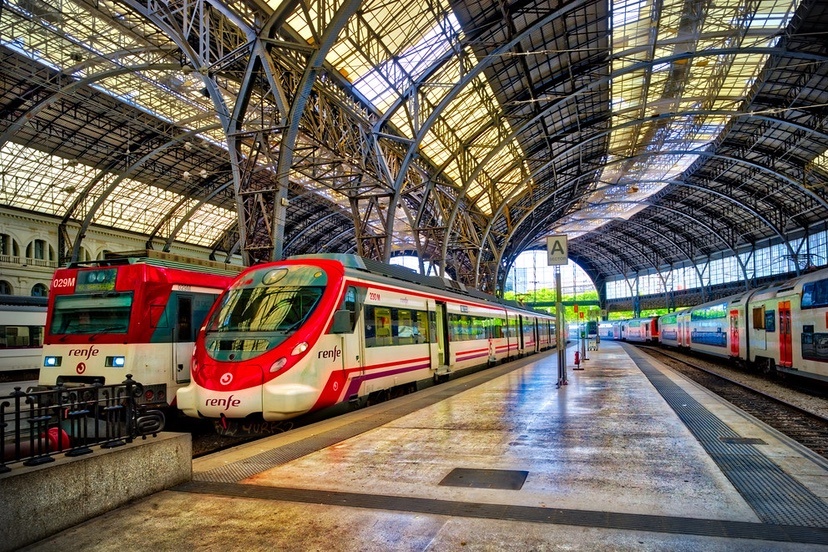Name a global city, and it’s probably building miles of new rail transit, oftentimes with much more impressive technical specs than Americans are used to. Rome, Athens, Montreal, Moscow, Mumbai, Sao Paolo, Lagos, Cairo, Tel Aviv, Doha, Shanghai, Bangkok...
— from, “The rest of the world is building subways like crazy. The U.S. has pretty much given up” by Benjamin Schneider on FastCompany.com
We note that Pagosa Springs is not in the list of global cities, mentioned in Mr. Schneider’s Fast Company article, that are building miles of new rail transit.
It’s not that we’ve given up. It never even entered our minds.
We once had a train that connected Pagosa to the outside world, but then, we decided that we preferred poorly-maintained county roads.
But I bet it’s entering people’s minds lately, as we crawl up or down Put Hill behind a long string of semi-trucks, and RVs, and Chevy Suburbans with Texas plates. You might almost feel like you were in rush hour traffic, except what’s the rush? Does anyone really need to get anywhere at any particular time? Not me, that’s for sure.
For years, we’ve known this was coming. We were warned. And some people argued that Pagosa would eventually need a bypass, to send the ‘through-traffic’ around the downtown, and leave us residents free to use the existing stretch of Highway 160, unhindered.
We deserve to be unhindered, after everything we’ve had to put up with.
The only problem with a “bypass” is, it tends to make people “bypass” your town. As things stand, we depend heavily on money from non-residents… and by “we” I mean, local businesses and local governments… because we — the local residents — have hardly any money left after playing the rent and filling our gas tanks.
So the word “bypass” makes some people tremble in their cowboy boots.
The rest of the world — the global cities — are building miles of new rail transit, because they’re not stupid. They saw the writing on the subway walls. They’ve already tried the “poorly maintained roads” approach — which is closely related to the “cracked windshield” approach and the “front-end alignment” approach. The modern high-speed trains can travel 100 miles per hour without hitting any stop signs, or deer… while we’re stuck at a maximum of 45 MPH going up or down Put Hill, and even that speed is only feasible after dark, when the tourists and truck drivers are safely in bed. (Unfortunately, the deer are still awake.)
Pagosa Springs has been dealing with traffic for many years. Back in the 1800s, the main problem was horses. Not that we had too many horses — just too much horse manure. You had to be careful where you stepped. Cars and trucks arrived in the 1920s, driven by the few residents who could afford them. Mostly bankers, and county commissioners.
The first stoplight got installed in downtown Pagosa in the 1980s. And things have gone downhill ever since. We now have seven stoplights.
The fact is, we will never have a bypass in Pagosa Springs. The only way to build a bypass is to run it through some of our most spacious ranch properties. And who wants semi-trucks driving through their scenic ranch? The views would be absolutely ruined.
But… we could have a subway, someday. Not a Subway sandwich shop — we already have a couple of those — but a real underground subway. Subways don’t ruin the view, and plus, they provide homeless people a place to sleep.
As it turns out, Americans no longer know how to build subways, affordably. Transit researcher Alon Levy estimates the rest of the developed world typically builds underground subways for about $350 million per mile. A new subway expansion in Milan, Italy is costing about $175 million per mile.
By comparison, New York’s current East Side Access project is costing $3.7 billion per mile.
But heck, it’s only money.
What are we waiting for?
Underrated writer Louis Cannon grew up in the vast American West, although his ex-wife, given the slightest opportunity, will deny that he ever grew up at all. You can read more stories on his Substack account.

